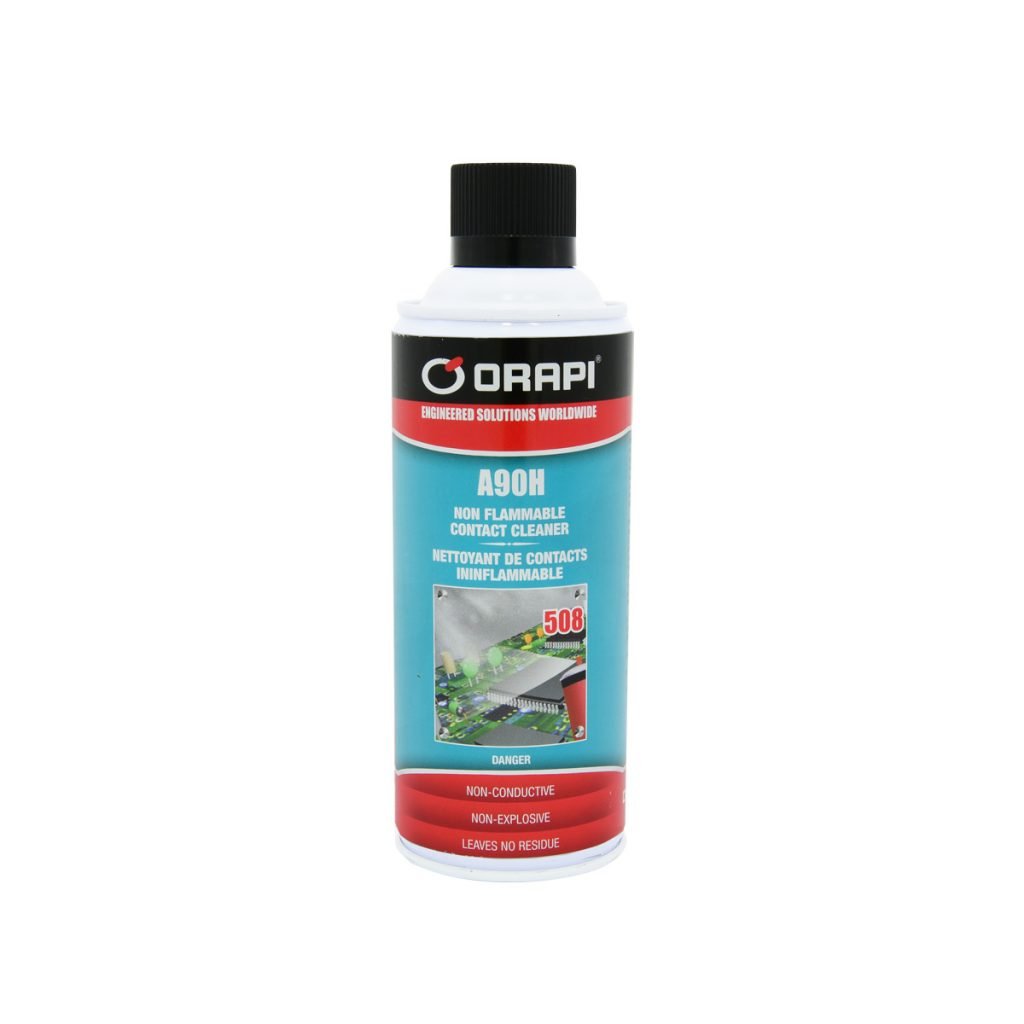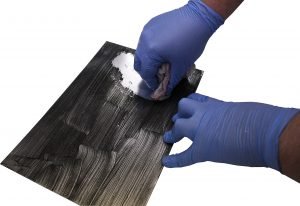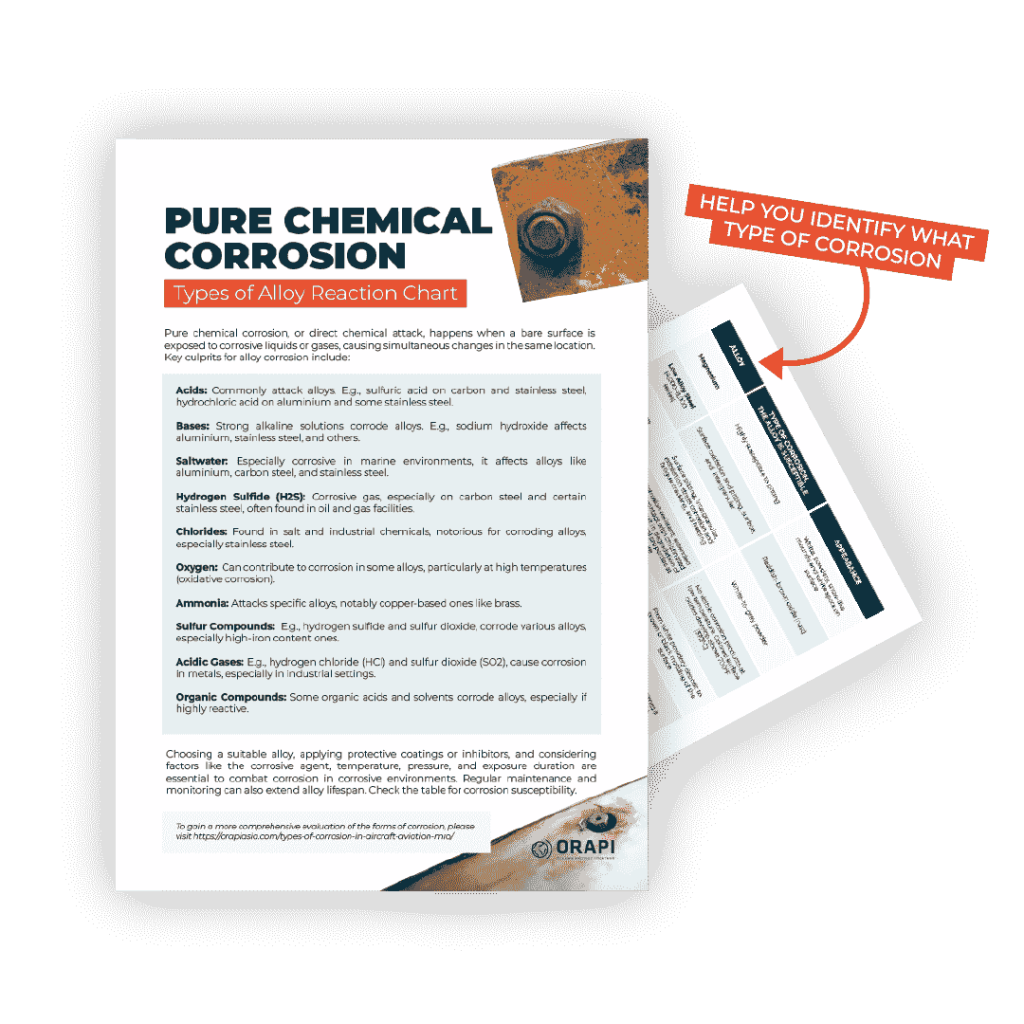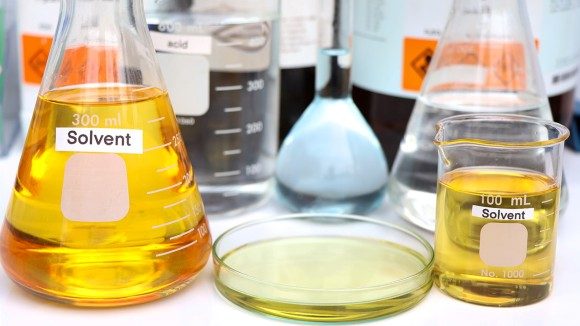
In various sectors like aviation, medical device production, electronics, automotive, and equipment manufacturing, ensuring the cleanliness and degreasing of parts before assembly and shipment is crucial. Despite the array of cleaning solutions accessible in the market, it’s essential to acknowledge the increasingly stringent regulations concerning the chemicals employed in these cleaning procedures. Consequently, manufacturers are shifting their focus towards environmentally friendly cleaning alternatives, such as fluorinated solvents, to meet these evolving regulatory standards.
What Is Solvent Cleaning
Solvent cleaning is a method of cleaning parts utilising specialised equipment, such as vapour degreasers, which rely on solvents as their primary cleaning agent. Depending on the type of contamination, different types of fluorinated solvents, or fluorinated solvent blends, can be chosen to remove any kind of contaminants. Unlike aqueous cleaning, no additives are required when using solvents. The process involves immersing the contaminated parts in the cleaning solvent, allowing the contaminants to dissolve and clean the surface. The parts are then rinsed in the vapour of the solvent and dried. Unlike aqueous cleaning, the cleaning solvent in a vapour degreaser does not become saturated and can be reused multiple times. The vapours are condensed within the equipment, cleaned, and then reintroduced into the cleaning process.
What are Fluorinated Cleaning Solvents
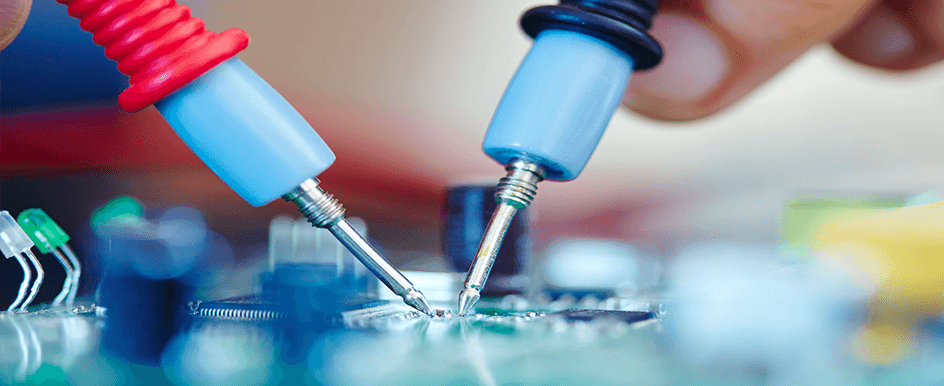
Fluorinated cleaning solvents, or fluoro solvents, are advanced chemical solutions that remove contaminants from valuable components such as dirt, oil, fingerprints, solder paste residue, and electronics flux. These solvents are considered environmentally safer due to several key attributes:
- Absence of a flash point
- No ozone depletion potential (ODP)
- Low global warming potential (LGWP)
- Reduced surface tension
Their reduced surface tension enables fluoro solvents to permeate contaminants while being gentle on various substrate surfaces. Metals, plastics, polyurethanes, and fluoroelastomers are among the substrates that are effectively cleaned using fluorinated cleaning solvents.
ORAPI RECOMMENDS:
A90H is an ultra-high purity, non-flammable, fast-drying electronic grade solvent for electrical and electronic components, especially those contacts and components sensitive to ordinary solvent cleaners.
Cost Savings Using Fluorinated Cleaning Agents

Cost savings through the use of fluorinated cleaning solvents are notable. Despite their higher cost per kilogram, they significantly reduce the overall expense of the cleaning process compared to aqueous methods. Aqueous equipment, being large and expensive, often necessitates significant space reconfiguration for installation. In contrast, fluoro solvents employ a vapour degreaser, occupying less space and demanding less energy due to their shorter cleaning and drying cycles conducted at lower temperatures.
Aqueous systems lack inherent drying capabilities, requiring supplementary processes like infrared drying, consuming additional energy and manpower. Moreover, aqueous systems are prone to leaving water spots, mandating further processes such as deionisation or reverse osmosis to prevent them. Conversely, fluoro solvents, leaving no spots or residue, eliminate the need for additional pre-, during, or post-cleaning procedures.
While both cleaning methods require heat, fluoro solvents consume less energy and time and have a significantly lower boiling point than water. Aqueous systems necessitate meticulous monitoring throughout the cleaning cycle to maintain appropriate water levels, pH, and soap concentration. In contrast, fluoro solvents exhibit exceptional stability, enabling repeated use and resulting in a lower cost per application. Additionally, aqueous cleaners entail supplementary expenses for water reclamation, recycling, or waste oil management, adding to their overall cost.
Purpose of Using Fluorinated Solvents
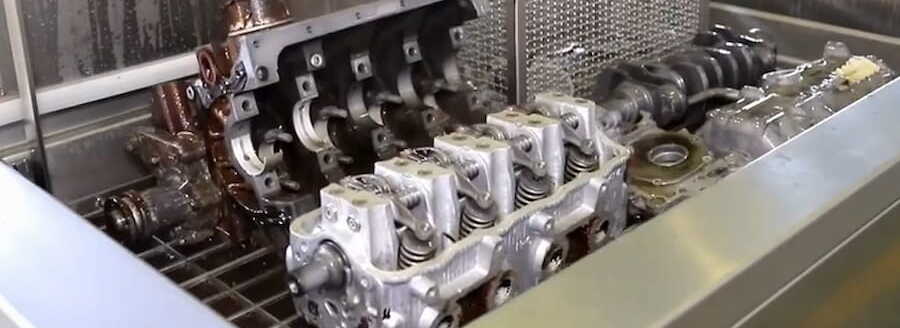
Using fluorinated solvents serves various purposes, aligning with sustainability objectives and enhancing cost-effectiveness for companies. These solvents are optimal for implementing solvent recycling and recovery programs due to their exceptional stability, enabling repeated use without diminishing effectiveness. This stability eliminates the need for stabiliser additives or acid acceptance testing, saving time and financial resources.
Moreover, the stability of these industrial solvents yields another advantage in their broad compatibility with diverse materials. Fluorinated solvents can be safely used with several materials, including plastics, elastomers, metals, and substrates. Their cleaning efficiency is notably high, evaporating rapidly and leaving minimal residue.
The benefits of employing fluorinated solvents can be summarised as follows:
- Zero ozone depletion potential
- Low global warming potential
- Nonexplosive
- Nonflammable
- Quick evaporation
- High solvency
- Low surface tension
- Low boiling point
- Minimal residue
- Stable nature (no requirement for stabiliser additives)
- DOT non-hazardous transport
- SNAP-approved (for degreasing and aerosol use)
- Absence of hazardous air pollutants (HAPs)
- Extensive compatibility with a wide array of materials
- No necessity to modify or replace equipment
- Application in vapour degreasing
- Suitable for precision cleaning methods such as cold wiping, aerosol spraying, and refrigerant flushing
- Defluxing electronic parts and circuitry
- Functioning as a carrier fluid for silicone and other lubricants
- Use as a moisture displacement fluid
Advantages of Using Fluorinated Solvents

Conclusion: Fluorinated Solvents
Transitioning to environmentally friendly fluorinated solvents for solvent cleaning amidst tightening regulations is pivotal across industries like aerospace and medical devices. Their reduced environmental impact, compatibility with various materials, and efficiency make them exemplary alternatives. These solvents prioritise sustainability, employee safety, and operational efficiency, reducing compliance costs while ensuring cleaner manufacturing processes. The shift to fluorinated solvents represents a proactive step toward environmental responsibility without compromising productivity or profitability.

